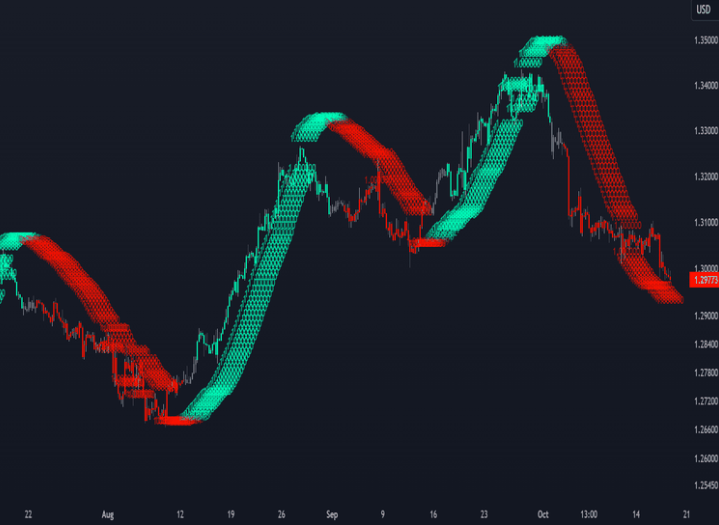In the dynamic world of macro trading, integrating diverse economic indicators into actionable strategies is both an art and a science. Regression-based models offer a structured approach to synthesizing macroeconomic data into coherent trading signals. However, the efficacy of these models hinges on careful consideration of model selection, parameter tuning, and the inherent trade-offs between bias and variance.
Understanding Regression in Macro Trading
At its core, regression analysis in macro trading involves forecasting asset returns by examining the relationships between various economic indicators (features) and financial outcomes (targets). By analyzing historical data, these models assign weights to different indicators, aiming to predict future market movements. The process typically involves:
- Model Selection: Choosing an appropriate regression model based on past predictive performance.
- Parameter Estimation: Calculating the coefficients that define the relationship between features and targets.
- Signal Generation: Producing forecasts that inform trading decisions.
This methodology allows for the incorporation of multiple data sources, offering a nuanced view of market dynamics.
The Bias-Variance Trade-Off
A critical aspect of model performance is managing the balance between bias and variance:
- Bias refers to errors introduced by oversimplifying the model, potentially overlooking complex relationships.
- Variance pertains to errors from overfitting the model to historical data, which may not generalize well to future scenarios.
In macro trading, where data can be noisy and economic regimes shift, striking the right balance is essential to avoid misleading signals.
Exploring Regression Techniques
Several regression methods have been employed to enhance signal accuracy:
- Ordinary Least Squares (OLS): A foundational approach that minimizes the sum of squared errors. While straightforward, OLS can be sensitive to outliers and may not perform well with multicollinearity among features.
- Non-Negative Least Squares (NNLS): This method constrains coefficients to be non-negative, aligning with economic theories that certain indicators should have a positive impact on returns. NNLS can improve model interpretability and reduce overfitting.
- Elastic Net Regression: Combining L1 and L2 regularization, elastic net addresses multicollinearity and performs variable selection, which is beneficial when dealing with numerous correlated indicators.
- Weighted Least Squares (WLS): Assigns weights to observations, often giving more importance to recent data. This approach can adapt to changing market conditions but requires careful selection of weighting schemes.
- Least Absolute Deviations (LAD): Focuses on minimizing the absolute differences between observed and predicted values, offering robustness against outliers.
- K-Nearest Neighbors (KNN): A non-parametric method that predicts outcomes based on the closest historical observations. While flexible, KNN can be computationally intensive and sensitive to the choice of ‘k’.
Implementing Regression-Based Signals
To effectively deploy these models:
- Data Preparation: Assemble a comprehensive dataset of macroeconomic indicators and corresponding asset returns, ensuring data quality and consistency.
- Feature Engineering: Transform raw data into meaningful features, such as calculating growth rates or deviations from long-term trends.
- Model Training: Fit the chosen regression model to historical data, tuning parameters to optimize predictive performance.
- Validation: Evaluate the model using out-of-sample testing to assess its ability to generalize to new data.
- Signal Generation: Apply the trained model to current data to produce trading signals, which can inform position sizing and risk management.
Conclusion
Regression-based models offer a systematic framework for translating macroeconomic insights into trading strategies. By carefully selecting appropriate techniques and managing the bias-variance trade-off, traders can enhance the robustness and reliability of their signals. As with any model, continuous evaluation and adaptation are key to maintaining performance in the ever-evolving financial landscape.
